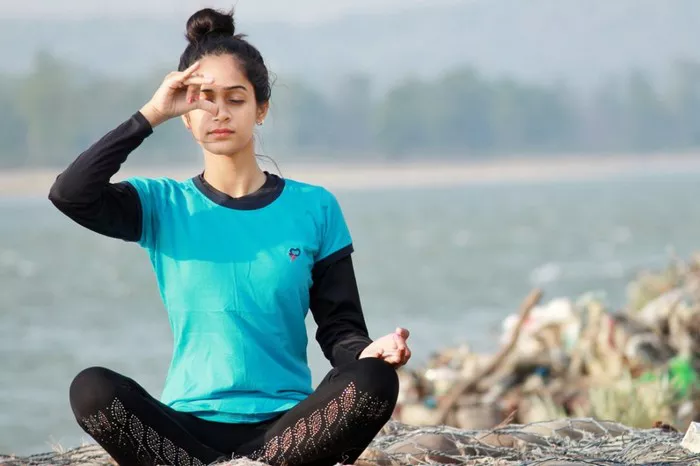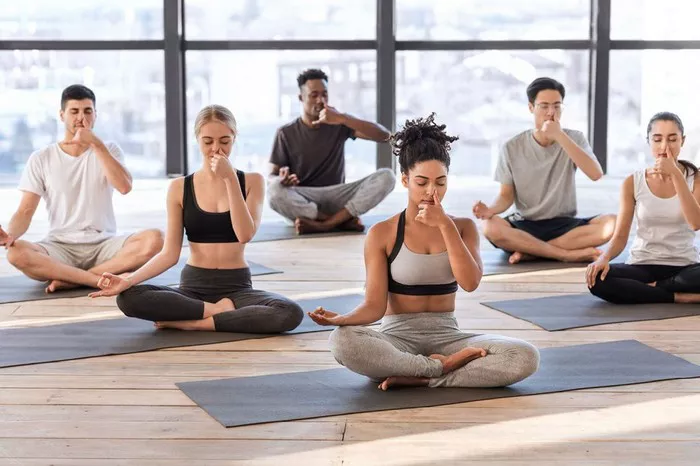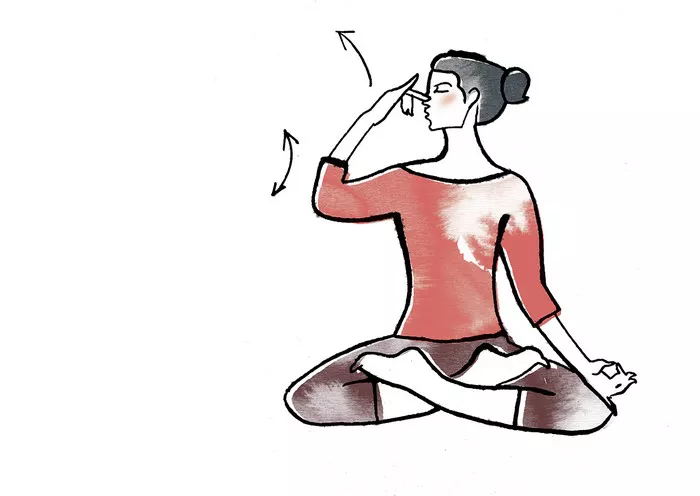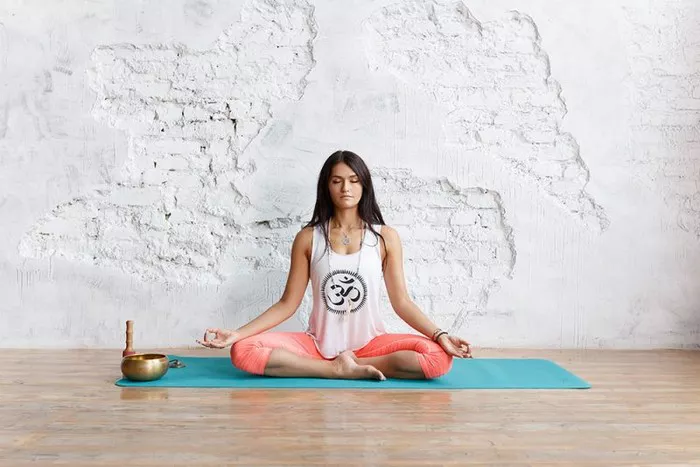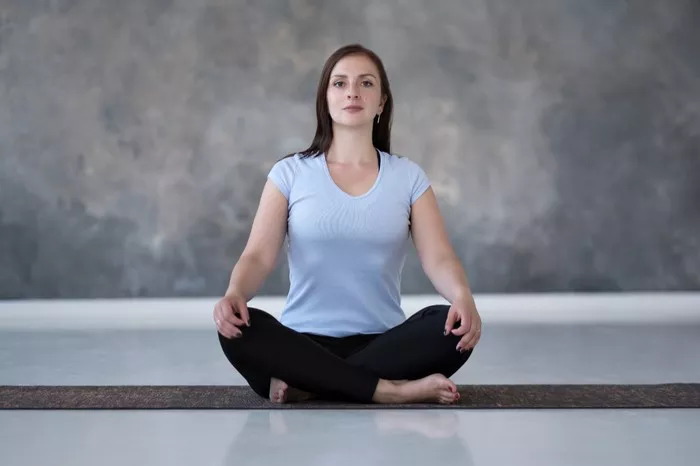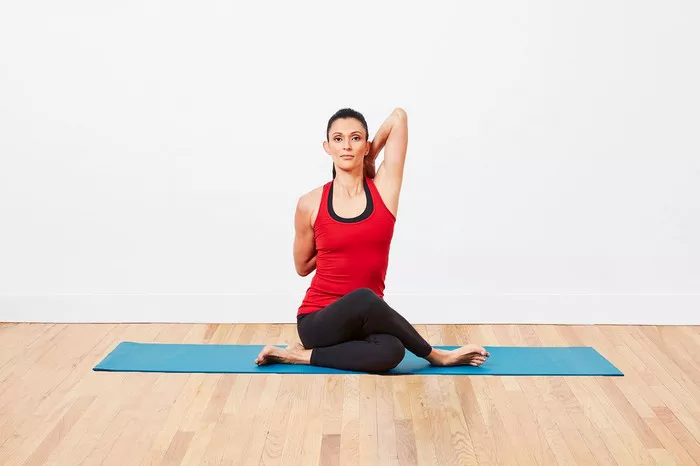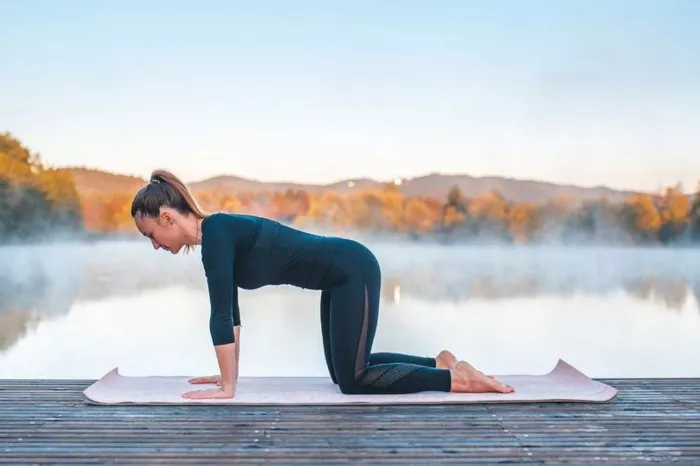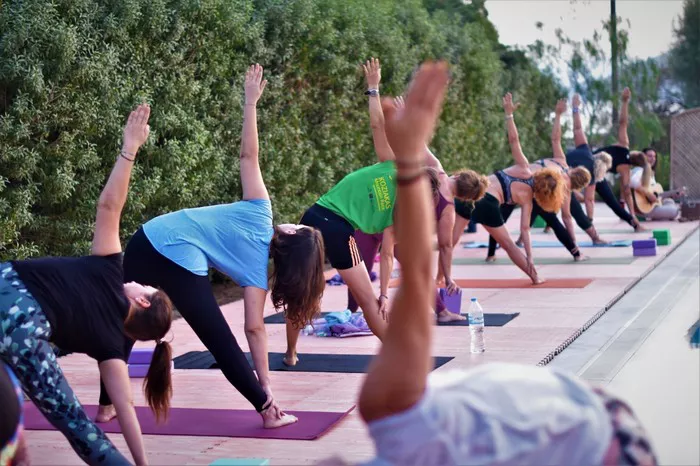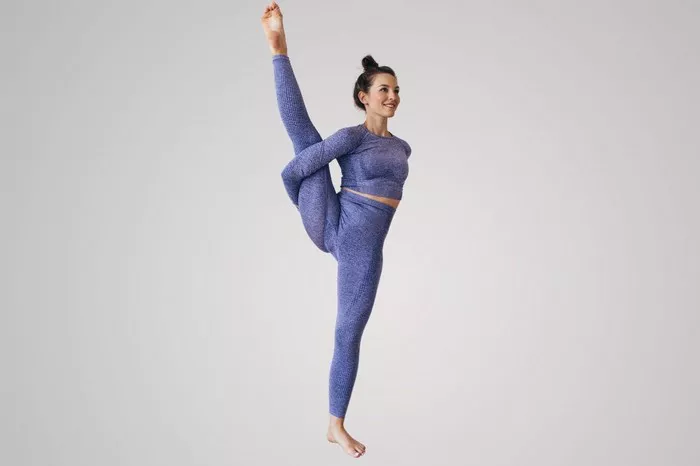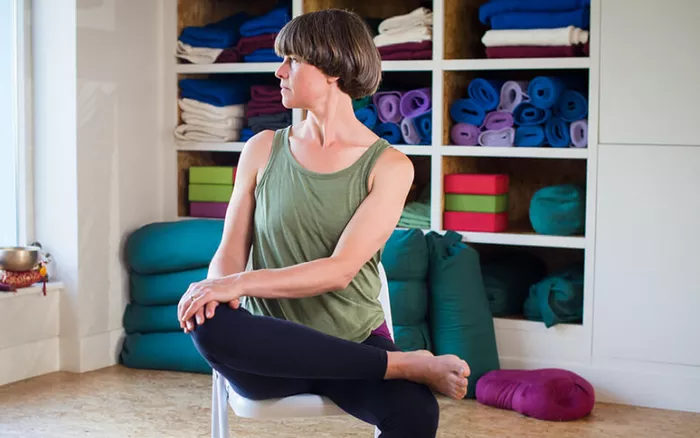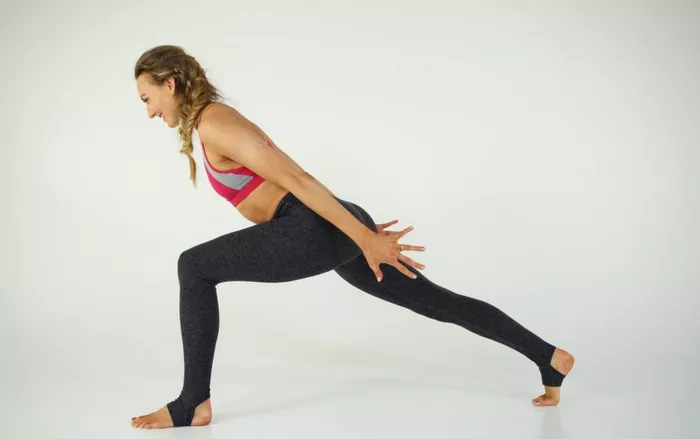Yoga offers a wide array of poses that help improve physical health, mental well-being, and overall balance in life. Among them, the Half Moon Pose (Ardha Chandrasana) stands out as an excellent posture that cultivates strength, flexibility, and balance. This powerful asana not only enhances physical endurance but also instills a sense of mental calm and focus.
In this article, we will explore the benefits of the Half Moon Pose, how to perform it correctly, common mistakes to avoid, and tips for deepening your practice. Whether you are a beginner or an advanced practitioner, understanding the advantages of this pose can significantly improve your yoga journey.
Understanding the Half Moon Pose
Half Moon Pose is a standing balance posture that engages multiple muscle groups while improving coordination and focus. It involves standing on one leg while extending the other leg parallel to the ground, forming a straight line from head to foot. The arms are also extended, with one reaching toward the sky and the other resting on or near the ground for support.
The name “Half Moon” symbolizes the crescent shape created by the body while performing this posture. It is often included in Vinyasa, Hatha, and Iyengar yoga sequences, helping practitioners develop poise and stability.
Benefits of the Half Moon Pose
1. Improves Balance and Coordination
Balancing on one leg while maintaining proper body alignment requires concentration and neuromuscular coordination. Practicing Half Moon Pose regularly enhances proprioception (the body’s ability to sense its position in space), which is essential for movement efficiency and injury prevention.
2. Strengthens the Lower Body
This pose significantly engages the muscles of the legs, hips, and glutes. The standing leg works hard to maintain stability, while the lifted leg strengthens the hip flexors and abductors. Over time, this leads to increased lower body strength and endurance.
3. Enhances Core Stability
Half Moon Pose requires substantial core engagement to maintain balance and support the spine. The abdominal muscles, obliques, and lower back muscles work together to keep the body aligned and prevent collapse. Strengthening the core in this way improves posture and reduces the risk of back pain.
4. Opens the Chest and Shoulders
As one arm reaches toward the sky, the chest and shoulders expand, encouraging better posture and reducing tension in the upper body. This is especially beneficial for individuals who spend long hours sitting or working at a desk, as it counteracts the effects of rounded shoulders and poor posture.
5. Stretches the Hamstrings and Hip Flexors
The extended leg in Half Moon Pose provides a deep hamstring stretch, while the lifted leg helps lengthen the hip flexors. This improves flexibility and mobility in these areas, reducing stiffness and discomfort.
6. Promotes Mental Focus and Calmness
Balancing poses require mental concentration, which helps calm the mind and enhance focus. The necessity of staying present in the moment while performing Half Moon Pose makes it an effective mindfulness practice, reducing stress and anxiety.
7. Stimulates the Digestive and Lymphatic Systems
The gentle twisting and lengthening movements of this pose aid in digestion and encourage lymphatic drainage. This can help with detoxification and support overall gut health.
How to Perform the Half Moon Pose
Start in Triangle Pose (Trikonasana): Stand with your feet wide apart, turn your right foot forward, and extend your arms parallel to the ground.
Shift your weight onto your right foot and place your right hand on the floor (or a yoga block) about 12 inches in front of your foot.
Lift your left leg parallel to the ground, keeping your foot flexed and your leg engaged.
Extend your left arm toward the sky, creating a straight line from your right hand to your left fingertips.
Keep your chest open and gaze upward toward your left hand, maintaining a steady breath.
Hold for 5–10 breaths, then gently lower your left leg and repeat on the other side.
Common Mistakes and How to Avoid Them
Collapsing the Chest: Keep your chest open and avoid hunching forward.
Locking the Standing Knee: Maintain a micro-bend to prevent hyperextension.
Dropping the Lifted Leg: Engage your core and glutes to keep the leg active.
Relying Too Much on the Bottom Hand: Use it for light support rather than bearing your full weight.
Losing Balance: Keep your gaze steady on a fixed point to enhance stability.
Modifications and Variations
For Beginners: Use a yoga block under your bottom hand for extra support.
For a Challenge: Try Half Moon Pose with a bind by reaching your top hand behind your back and grabbing your lifted foot.
For More Core Engagement: Perform the pose without touching the floor, keeping your bottom hand hovering.
Conclusion
Half Moon Pose (Ardha Chandrasana) is an incredibly beneficial yoga posture that strengthens the body, improves balance, increases flexibility, and enhances mental clarity. By incorporating this pose into your practice, you can cultivate greater physical and mental resilience. Whether you are a beginner or an advanced yogi, practicing this pose with awareness and proper alignment will unlock its full potential.
Take your time, be patient, and enjoy the journey of mastering the Half Moon Pose—your body and mind will thank you for it!
Related Topics:

